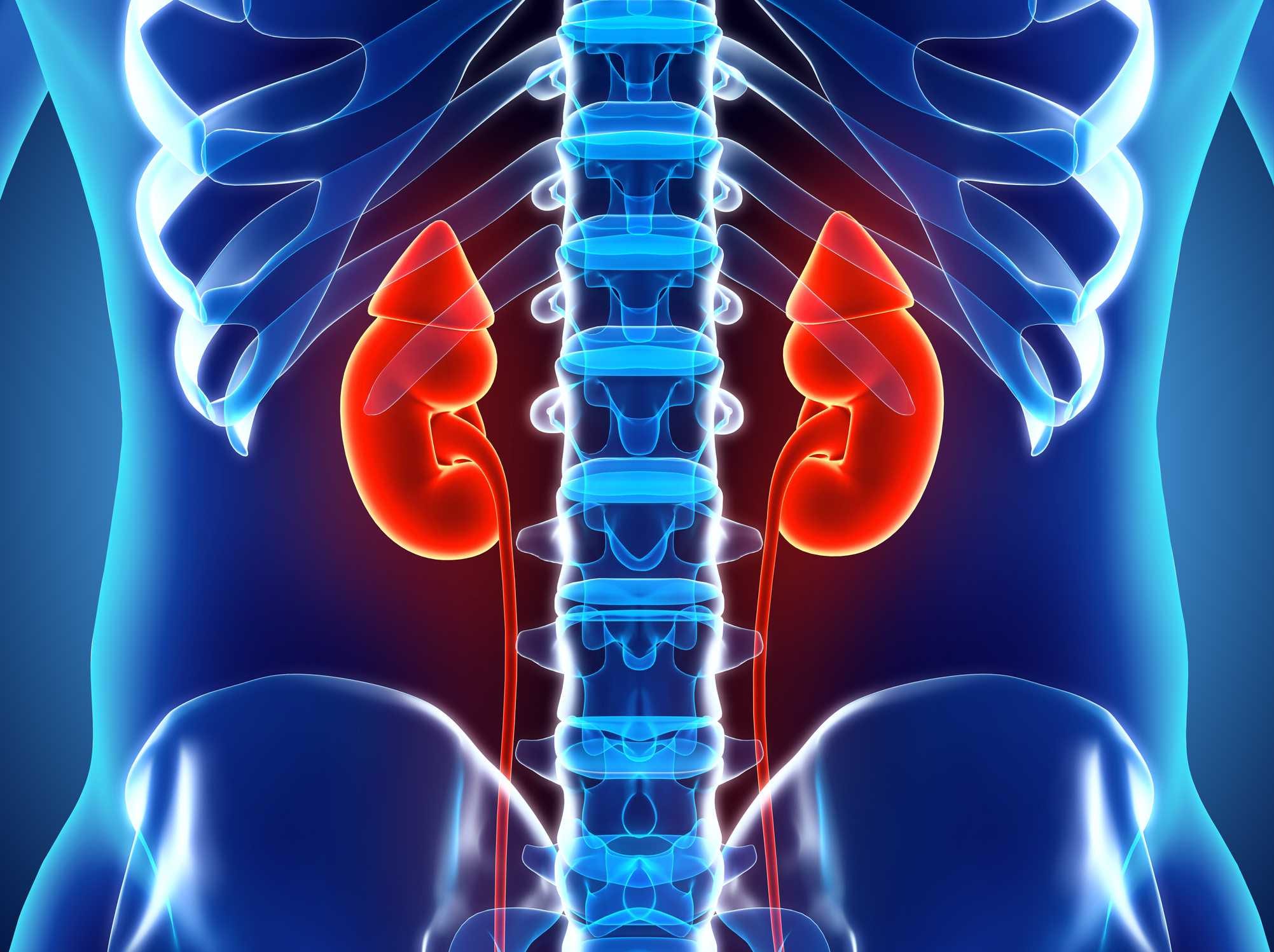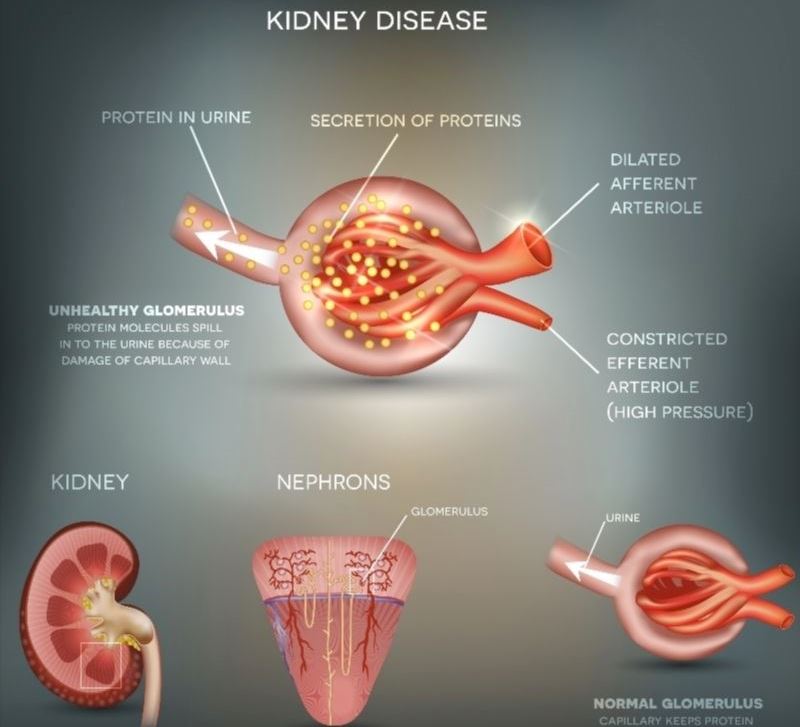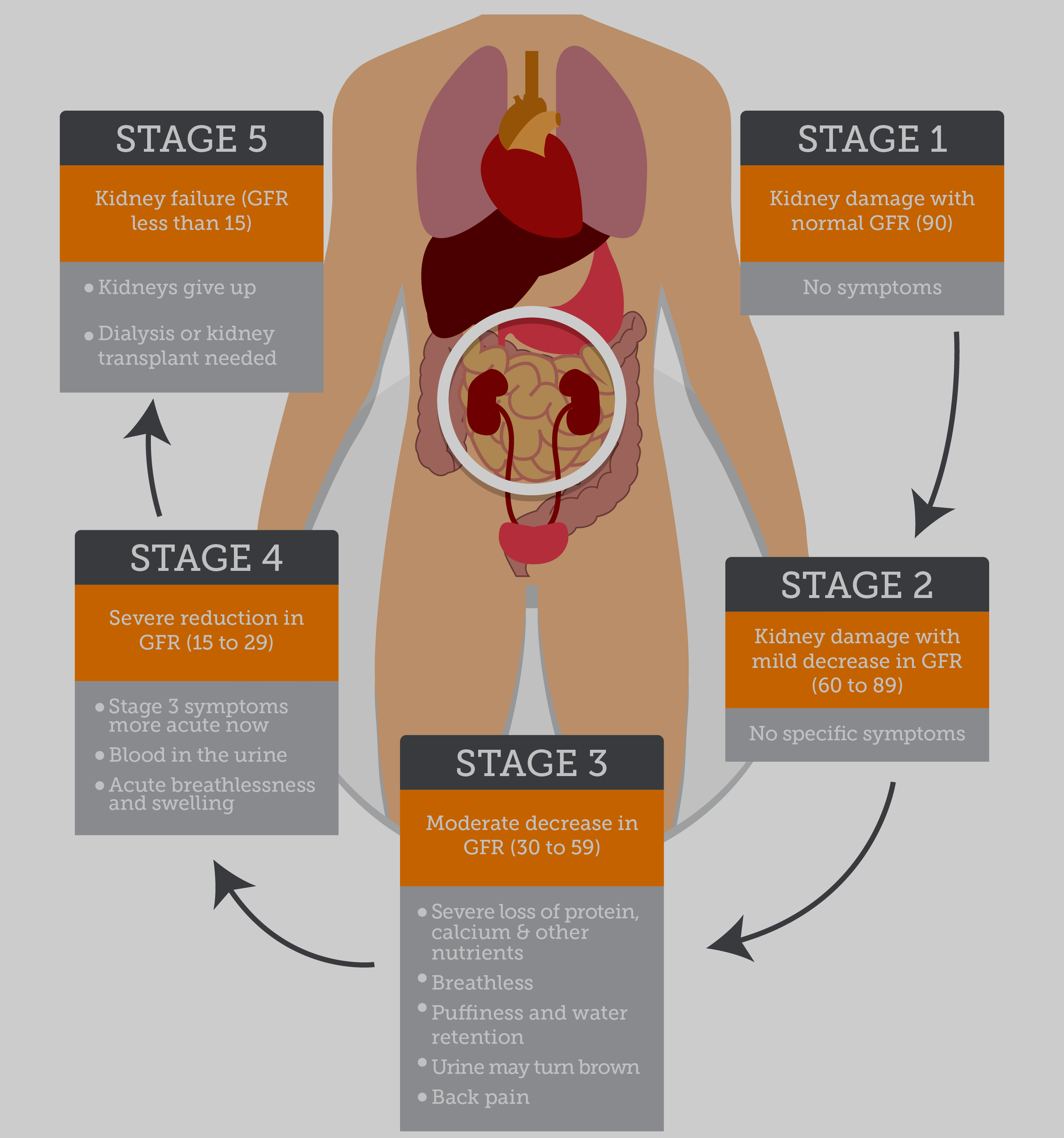Table of Contents
Diabetic Nephropathy
Diabetic nephropathy is kidney damage that results from having diabetes. Having high blood glucose levels due to diabetes can damage the part of the kidneys that filters your blood. The damaged filter becomes ‘leaky’ and lets the protein into your urine.
How common is diabetic nephropathy?
Diabetic nephropathy is common. People with type 2 diabetes get this diabetic nephropathy developed. It is even more common in type 1 diabetes.
About 25% of people with diabetes eventually develop kidney disease all over the world most importantly too many kidney failures in Australia. Your kidney disease may progress to kidney failure, also called end-stage kidney disease. Kidney failure is a life-threatening condition. At this stage, your treatment options are dialysis or kidney transplantation
Symptoms
Initially, Diabetic nephropathy would not show any symptoms. You wouldn’t be able to find that there is a protein that is added to your urine. This is something that is detected with a urine test.
It can take many years for kidney damage to progress. Symptoms usually only appear when kidney damage has deteriorated significantly. Even then, the symptoms tend to be vague.
If the kidney damage becomes severe, you may notice:
- Weight loss
- Swelling in the ankles and feet due to deep stay in the fluid
- Puffiness around the eyes
- Poor food intake
- Dryness and itchiness in the skin
- Muscle cramps
- Urination will happen more often
- Feeling tired always
- Losing in focus
Causes & risk factors
Diabetic nephropathy results when diabetes damages blood vessels and other cells in your kidneys.
- High blood sugar (hyperglycemia) that’s not well-controlled.
- High blood pressure (hypertension) that’s not controlled.
- Being a smoker.
- High blood cholesterol.
- A family history of diabetes and kidney disease.
How do Kidneys work?
Your kidneys contain millions of tiny blood vessel clusters that filters waste from your blood. Severe damage to these blood vessels can lead to diabetic nephropathy, decreased kidney function, and kidney failure
Complications
Complications of diabetic nephropathy gradually develop over months or years.
The factors that include are;
- Fluid retention, which could lead to swelling in your arms and legs, high blood pressure, or fluid in your lungs
- A huge rise in your potassium levels in your blood
- Heart and blood vessel disease (cardiovascular disease), possibly leading to stroke
- Damage to the blood vessels of the retina (diabetic retinopathy)
- Anemia
- Foot sores, erectile dysfunction, diarrhea, and other problems related to damaged nerves and blood vessels
- Pregnancy complications that carry risks for the mother and the developing fetus
- Irreversible damage to your kidneys (end-stage kidney disease), eventually need either dialysis or a kidney transplant for survival
Prevention
To reduce your risk of developing diabetic kidney disease:
- Treat your diabetes. With effective treatment of diabetes, you may prevent or delay diabetic kidney disease.
- Manage high blood pressure or other medical conditions. If you have high blood pressure or other conditions that increase your risk of kidney disease, work with your doctor to control them. Ask your doctor about tests to look for signs of kidney damage.
- Follow instructions on over-the-counter medications. When using nonprescription pain relievers such as aspirin and ibuprofen (Advil, Motrin IB, others), follow the instructions on the package. For people with diabetic kidney disease, taking these types of pain relievers can lead to kidney damage.
- Maintain a healthy weight. If you’re at a healthy weight, work to maintain it by being physically active most days of the week. If you need to lose weight, talk with your doctor about weight-loss strategies, such as increasing daily physical activity, and reducing calories.
- Don’t smoke. Cigarette smoking can damage your kidneys and make existing kidney damage worse. If you’re a smoker, talk to your doctor about strategies for quitting smoking. Support groups, counseling, and medications can all help you to stop.
Diabetic nephropathy stages
- Stage 1: Kidney damage present but normal kidney function and a GFR of 90% or above.
- Stage 2: Kidney damage with some loss of function and a GFR of 60–89%.
- Stage 3: Mild to a severe loss of function and a GFR of 30–59%.
- Stage 4: Severe loss of function and GFR of 15–29%.
- Stage 5: Kidney failure and a GFR of under 15%.
IMPORTANT NOTE :
Glomerular filtration rate (GFR) is a test used to check how well the kidneys are working. Specifically, it estimates how much blood passes through the glomeruli each minute. Glomeruli are the tiny filters in the kidneys that filter waste from the blood.
When should you seek a doctor’s help?
Make an appointment with your doctor if you have any signs or symptoms of kidney disease.
If you have diabetes, visit your doctor yearly for a urine test that detects protein and a test to check the creatinine (a compound which is produced by the metabolism of creatinine and excreted in the urine.) level in your blood. These help determine how well the kidneys are functioning.














